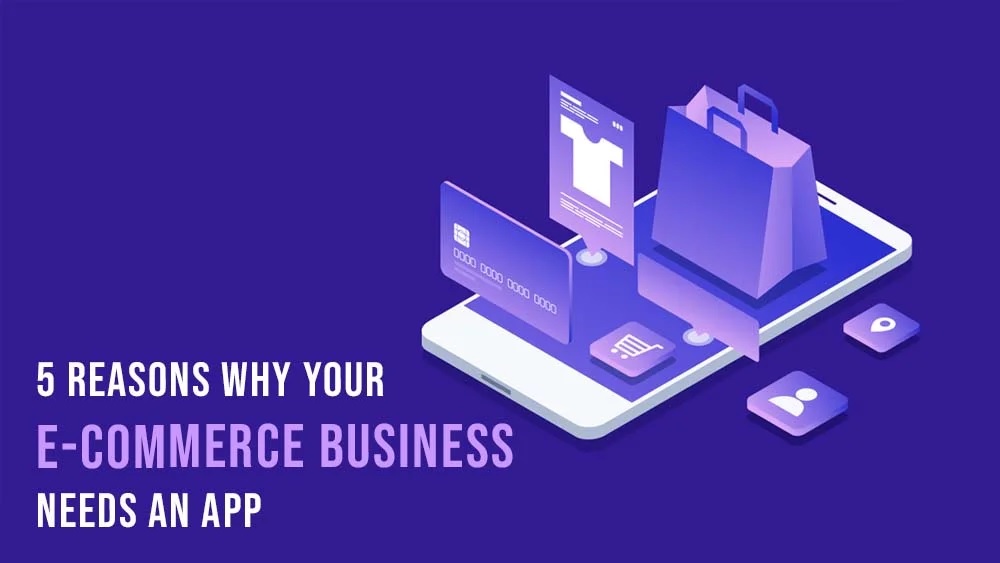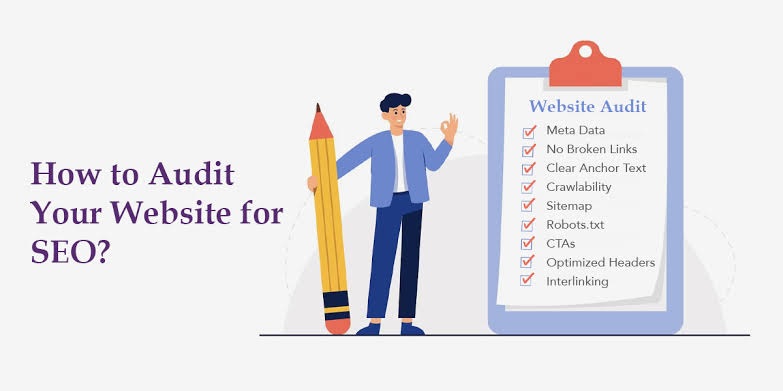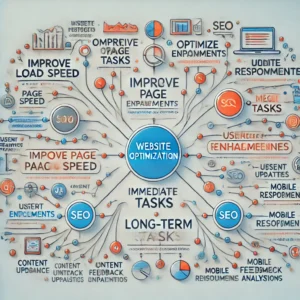Table of Contents
-
Integrating CRM with Digital Marketing Strategies: A Powerful Partnership
-
The Strategic Benefits of CRM Integration: More Than Just a Tech Upgrade
-
Key Steps to Integrate CRM with Digital Marketing: A Practical Guide
-
Aligning CRM Data with Marketing Goals: A Strategic Approach
-
Utilizing CRM for Marketing Analytics: Data-Driven Decisions
-
Overcoming Common Integration Challenges: Troubleshooting Tips
-
Measuring the Success of CRM and Digital Marketing Integration: Tracking Your Progress
-
Conclusion and Future Trends: The Evolving Landscape of CRM and Digital Marketing
As a seasoned blog writer and editor specializing in digital marketing and CRM strategies, I’m always diving deep into the latest industry trends. One area that consistently delivers exceptional results for businesses is the integration of Customer Relationship Management (CRM) systems with digital marketing strategies. And let me tell you, the data speaks for itself: companies that effectively merge these two powerhouses see a significant boost in their key performance indicators, including a demonstrable average increase in conversion rates by 12% (source: HubSpot). This isn’t just about ticking off boxes on a to-do list; it’s about building a thriving business that truly connects with its customers. This post will delve into the powerful synergy between CRM and digital marketing, showcasing how this integration can revolutionize your business operations, enhance customer engagement, and ultimately, drive a substantial return on your investment.
Integrating CRM with Digital Marketing Strategies: A Powerful Partnership

Before we dive into the how, let’s clarify the what. CRM, or Customer Relationship Management, is more than just software; it’s a philosophy. It’s a technology-driven approach to managing a company’s relationships and interactions with current and potential customers. Think of it as a central hub for all your customer data – their preferences, purchase history, communication interactions, and more. This information becomes the foundation for building personalized experiences that resonate deeply with your audience.
Digital marketing, on the other hand, is the engine that drives your online presence. It encompasses all the strategies you use to promote and sell your products or services online. This includes a wide array of tactics, from search engine optimization (SEO) and social media marketing to email campaigns and paid advertising. Digital marketing is all about reaching the right people at the right time with the right message.
Now, imagine the possibilities when you combine the personalized insights of CRM with the broad reach of digital marketing. This integration creates a powerful synergy that allows you to:
-
Deliver highly targeted campaigns: By leveraging CRM data, you can segment your audience based on their specific needs and preferences. This allows you to create laser-focused campaigns that resonate with each individual, resulting in higher engagement and conversion rates.
-
Nurture leads more effectively: CRM systems help you track leads as they move through the sales funnel. By integrating this data with your digital marketing efforts, you can deliver personalized content and offers at each stage, nurturing them towards a purchase.
-
Build stronger customer relationships: CRM provides a 360-degree view of each customer, allowing you to understand their needs and preferences on a deeper level. This enables you to create personalized experiences that foster loyalty and advocacy.
Understanding CRM in the Digital Marketing Ecosystem

CRM isn’t a standalone tool; it’s a vital component of the larger digital marketing ecosystem. It acts as a central nervous system, collecting, storing, and analyzing customer information from various touchpoints. This data then informs your digital marketing strategies, enabling you to create more targeted and effective campaigns.
Here’s a breakdown of how CRM works within the digital marketing framework:
-
Data Collection: CRM systems gather customer data from various sources, including website forms, social media interactions, email subscriptions, and purchase history.
-
Data Storage and Analysis: This data is then stored securely and analyzed to identify patterns, trends, and valuable insights about customer behavior.
-
Data Activation: The insights gleaned from CRM data are used to personalize marketing messages, target specific customer segments, and automate marketing workflows.
-
Digital Channels: CRM integrates with various digital channels, such as:
-
Email Marketing: Personalized email campaigns based on customer preferences and purchase history.
-
Social Media Marketing: Targeted ads and content tailored to specific demographics and interests.
-
Search Engine Optimization (SEO): Content creation and optimization based on customer search behavior.
-
Paid Advertising: Displaying relevant ads to specific customer segments based on CRM data.
-

## The Strategic Benefits of CRM Integration: More Than Just a Tech Upgrade
Integrating your CRM with your digital marketing strategy isn’t just a technical upgrade; it’s a strategic move that can unlock a wealth of benefits:
-
Enhanced Customer Insights: Gain a deeper understanding of your customers’ preferences, behaviors, and needs, allowing you to tailor your marketing efforts accordingly. Example: Analyzing purchase history to identify popular product categories and tailoring email promotions accordingly.
-
Improved Targeting and Segmentation: Create more precise customer segments based on demographics, interests, and purchasing behavior. This allows for highly targeted marketing campaigns that resonate with specific audiences. Example: Targeting customers who have abandoned their shopping carts with personalized reminder emails.
-
Streamlined Campaign Management: Automate marketing workflows and manage campaigns more efficiently. Example: Automating email sequences to nurture leads based on their engagement level.
-
Increased Customer Satisfaction and Loyalty: Personalized communications foster stronger relationships, leading to higher customer satisfaction and increased loyalty. Example: Sending birthday emails with personalized discounts to show customer appreciation.
-
Improved Lead Generation and Nurturing: Track and manage leads more effectively, nurturing them through the sales funnel with personalized content and offers. Example: Scoring leads based on their engagement level and prioritizing high-potential prospects.
-
Optimized Sales Funnel: Improve conversion rates by tailoring your messaging and offers to each stage of the sales funnel. Example: Offering free shipping to customers who are about to make a purchase.

Enhancing Lead Generation and Nurturing
Lead generation and nurturing are crucial for any successful business, and CRM integration can significantly enhance these processes. Here’s how:
-
Streamlining Lead Capture: Capture leads from various sources, including website forms, social media, and events, and automatically import them into your CRM system.
-
Lead Scoring and Qualification: Assign scores to leads based on their engagement level and demographics, allowing you to prioritize high-potential prospects.
-
Automated Lead Nurturing: Create automated email sequences and personalized follow-ups to keep leads engaged throughout the marketing funnel.
-
Targeted Content Delivery: Deliver relevant content and offers based on lead preferences and behavior, increasing their likelihood of converting into customers.

Optimizing the Sales Funnel
A well-optimized sales funnel is essential for converting leads into customers. CRM integration empowers you to fine-tune every stage of the funnel:
-
Awareness: Attract potential customers through targeted content and advertising based on CRM insights.
-
Interest: Nurture leads with valuable information and personalized offers to keep them engaged.
-
Decision: Influence their buying decision with targeted promotions and persuasive messaging.
-
Action: Make it easy for them to purchase your products or services with a seamless checkout process.
Personalizing Digital Outreach
Personalization is key to building strong customer relationships. CRM data allows you to create highly personalized marketing outreach:
-
Targeted Email Marketing: Send personalized emails based on customer preferences, purchase history, and behavior.
-
Personalized Social Media Ads: Target specific customer segments with tailored ads that resonate with their interests.
-
Dynamic Website Content: Display personalized content and offers on your website based on visitor behavior.
Key Steps to Integrate CRM with Digital Marketing: A Practical Guide
Integrating your CRM and digital marketing platforms doesn’t have to be a daunting task. Follow these steps for a smooth and successful integration:
-
Choose the Right Tools: Select CRM and marketing automation platforms that are compatible and offer the features you need. Popular options include Salesforce, HubSpot, Mailchimp, and Google Ads.
-
Data Synchronization: Ensure seamless data transfer between your CRM and marketing platforms using integration tools like Zapier or native integrations.
-
Automated Workflows: Set up automated workflows to trigger marketing actions based on CRM data, such as sending welcome emails to new subscribers or personalized follow-ups to abandoned cart shoppers.
-
Regular Data Audits: Conduct regular audits to ensure data accuracy and consistency between systems.
-
Staff Training: Provide comprehensive training to your team on how to use the integrated systems effectively.
Aligning CRM Data with Marketing Goals: A Strategic Approach
Data alignment is essential for ensuring that your CRM data supports your overall marketing goals. Here’s how to achieve it:
-
Define Clear Marketing Objectives: Clearly define your marketing goals and KPIs, such as increasing brand awareness, generating leads, or driving sales.
-
Identify Relevant CRM Data: Determine which CRM data points are most relevant to your marketing objectives. For example, if your goal is to increase customer retention, you might focus on data related to customer satisfaction and purchase frequency.
-
Data Segmentation and Analysis: Segment your CRM data into meaningful groups based on demographics, behavior, and other relevant factors. Analyze this segmented data to identify trends and insights that can inform your marketing strategies.
-
Regular Data Audits and Updates: Conduct regular data audits to ensure accuracy and completeness. Update your CRM data regularly to reflect changes in customer behavior and preferences.
Utilizing CRM for Marketing Analytics: Data-Driven Decisions
CRM provides a wealth of data that can be used to analyze your marketing performance and make data-driven decisions.
-
Campaign Tracking and Measurement: Track the performance of your marketing campaigns by analyzing key metrics such as open rates, click-through rates, conversion rates, and ROI.
-
Customer Behavior Analysis: Analyze customer behavior patterns to identify trends and insights that can inform your marketing strategies.
-
A/B Testing and Optimization: Use CRM data to conduct A/B tests on different marketing messages and offers to optimize your campaigns for maximum effectiveness.
Overcoming Common Integration Challenges: Troubleshooting Tips
Integrating CRM and digital marketing can present some challenges, but they can be overcome with careful planning and execution. Here are some common hurdles and solutions:
-
Data Silos: Consolidate your data into a centralized CRM system to avoid data silos and ensure data consistency.
-
Integration Complexity: Use robust integration tools and seek expert guidance if needed to simplify the integration process.
-
Staff Training: Provide comprehensive training to your team to ensure they can effectively utilize the integrated systems.
-
Data Privacy and Security: Implement robust security measures and comply with data privacy regulations to protect customer data.
Measuring the Success of CRM and Digital Marketing Integration: Tracking Your Progress
Measuring the success of your integration efforts is crucial for continuous improvement. Here are some key metrics to track:
-
Increased Customer Retention Rates: Track the percentage of customers who continue to do business with you over time.
-
Improved Engagement Levels: Monitor metrics such as website traffic, social media engagement, and email open rates.
-
ROI from Marketing Campaigns: Track the return on investment for your marketing campaigns by measuring the revenue generated against the cost of the campaigns.
Conclusion and Future Trends: The Evolving Landscape of CRM and Digital Marketing
Integrating CRM with your digital marketing strategy is no longer a luxury; it’s a necessity for modern businesses looking to thrive in the competitive digital landscape. By leveraging the power of personalized data, you can enhance customer engagement, optimize your marketing efforts, and drive sustainable growth.
Looking ahead, the future of CRM and digital marketing integration is bright. Emerging trends like AI-driven CRM systems, predictive analytics, and increased automation will further enhance the power of personalization and enable businesses to create even more targeted and effective marketing campaigns.
By staying ahead of the curve and embracing these evolving trends, you can position your business for continued success in the years to come. Remember, building strong customer relationships is the foundation of any thriving business. By integrating your CRM and digital marketing efforts, you can create personalized experiences that resonate with your audience, foster loyalty, and ultimately, drive significant growth for your business.
Ready to Supercharge Your Business?
If you’re ready to take your business to the next level, integrating your CRM and digital marketing strategies is a crucial step. By following the strategies outlined in this post, you can unlock the full potential of your customer data and create a truly personalized and engaging customer experience.





















